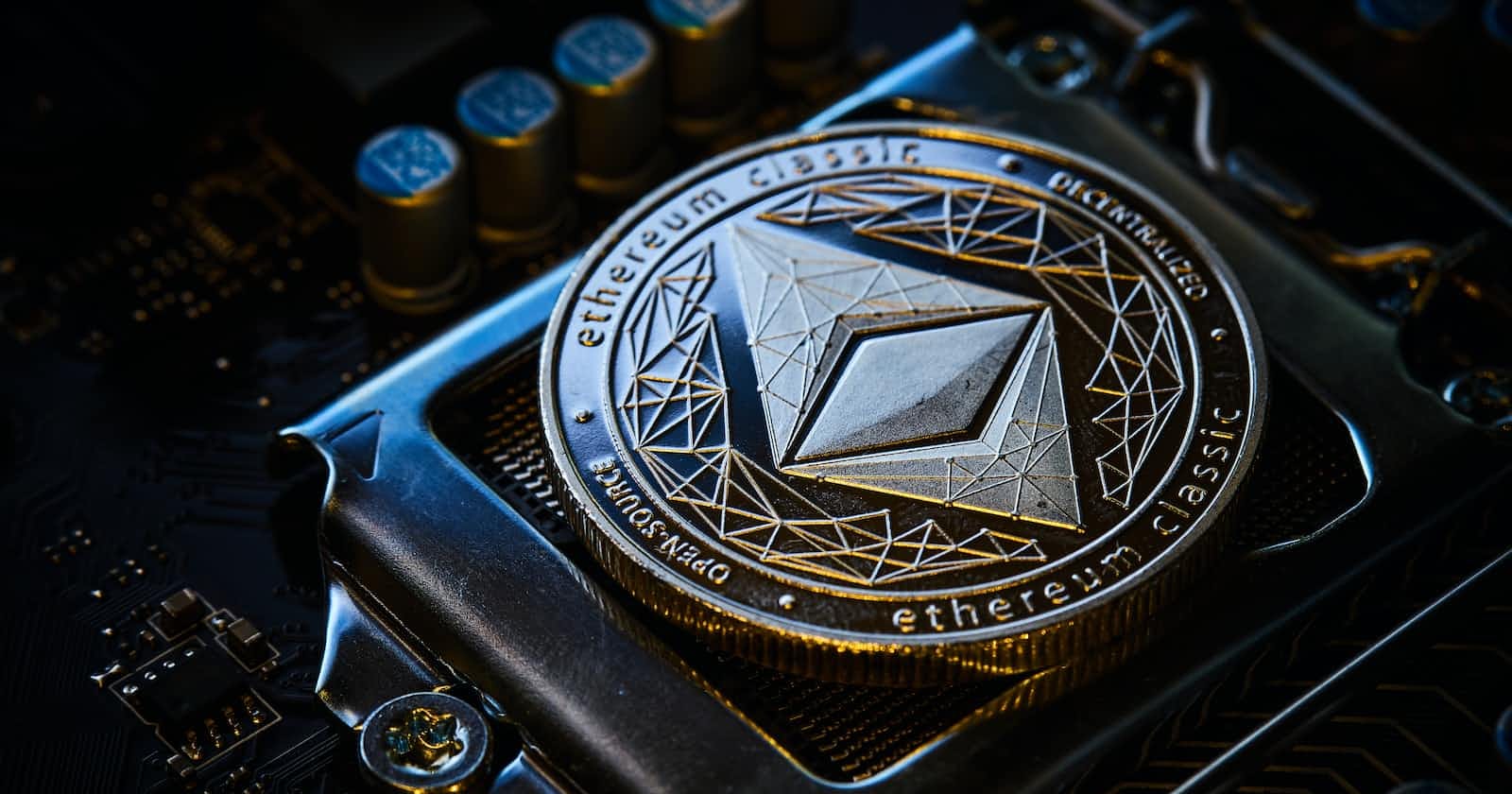Table of contents
The Ethereum network has positioned itself as one of the most widely used blockchains in the cryptocurrency world. Due to its popularity, in this article, we will be discussing five things you need to know about Ethereum.
1. Ether is the currency, and Ethereum is the network
Yes, you read that right. Ether is the token native to the Ethereum network. This means that when you send Ether (ETH) across accounts (or wallets), what you send is Ether, not Ethereum. This is a rookie mistake and you shouldn’t be conflating the two terms together. Also, to ensure that the Ethereum network is secure, Ether is used to reward validators who propose blocks on the network.
Ethereum on the other hand is an open-source protocol that builds upon blockchain technology and has smart contract functionality. It is decentralized, meaning there is no central authority and all participants in the network have equal say in the running of the network. To preserve the decentralized nature of blockchain, it utilizes a consensus model known as Proof-Of-Stake (PoS).
2. Ethereum uses PoS as a network consensus mechanism
To fully appreciate what PoS is, we need to understand what a consensus is. A consensus, in simple terms, is a way of ensuring that the current state of the blockchain is true or false. The implication of this is that the state of the blockchain is true when the majority of the network participants prove it to be so.
In the PoS consensus model, a validator (computers that process and verify transactions) stakes ETH (minimum of 32) which then can be withdrawn if the validator is of bad behavior. To ensure fairness, a validator is chosen at random to validate transactions and propose new blocks. Since PoS does not require solving cryptographic puzzles, it uses way less energy and is more eco-friendly.
3. The smallest unit of value is the Wei
Ether is the currency for transacting on the network. However, it is broken down further into units to facilitate blockchain transactions. The reason this is done is for convenience’s sake and also to keep you from cracking your head while calculating transaction fees.
Imagine you were to pay a micro amount of Ether e.g. 0.000000000000000003839 ETH as gas fees. It would make much sense to use a convenient value to represent the amount you will be paying. In the Ethereum world;
1 ETH = 10^18 WEI = 10^9 GWEI
From our above example, 0.000000000000000003839 ETH will be equal to 3 WEI.
4. Cryptocurrency trading is not the only use case for Ethereum
Due to the popularity of cryptocurrency, it may be easy to forget that Ethereum has other use cases than for buying and selling Ether. Ethereum powers a large number of Decentralized Applications (DApps) ranging from lottery to file storing and everything in between.
Decentralized Finance (Defi) has found stability and acceptance thanks to networks like Ethereum. With Defi, users can borrow loans, mint stablecoins, initiate cross-border payments, and do even much more.
5. Ethereum has two supported testnets for developers
You might be asking, what is a testnet? It is an alternative blockchain used by developers to experiment and mimic how their software will work on the mainnet before live deployment. It helps developers to test out real-world scenarios without committing actual ETH funds.
It is also good to note that the funds spent on testnets are called faucets and can be gotten from faucet websites.
The two currently supported testnets are;
- Goerli
- Sepolia
After the Ethereum merge, other public testnets like Rinkeby, Ropsten, and Kovan were moved to a deprecation state where they would no longer be officially supported.
Conclusion
After going through five things you should know about the Ethereum network, it is safe to say with boldness that you now have some knowledge of the network.
I enjoyed taking you on this ride and I am sure you enjoyed reading as much as I enjoyed writing 😎
Thank you🚀

